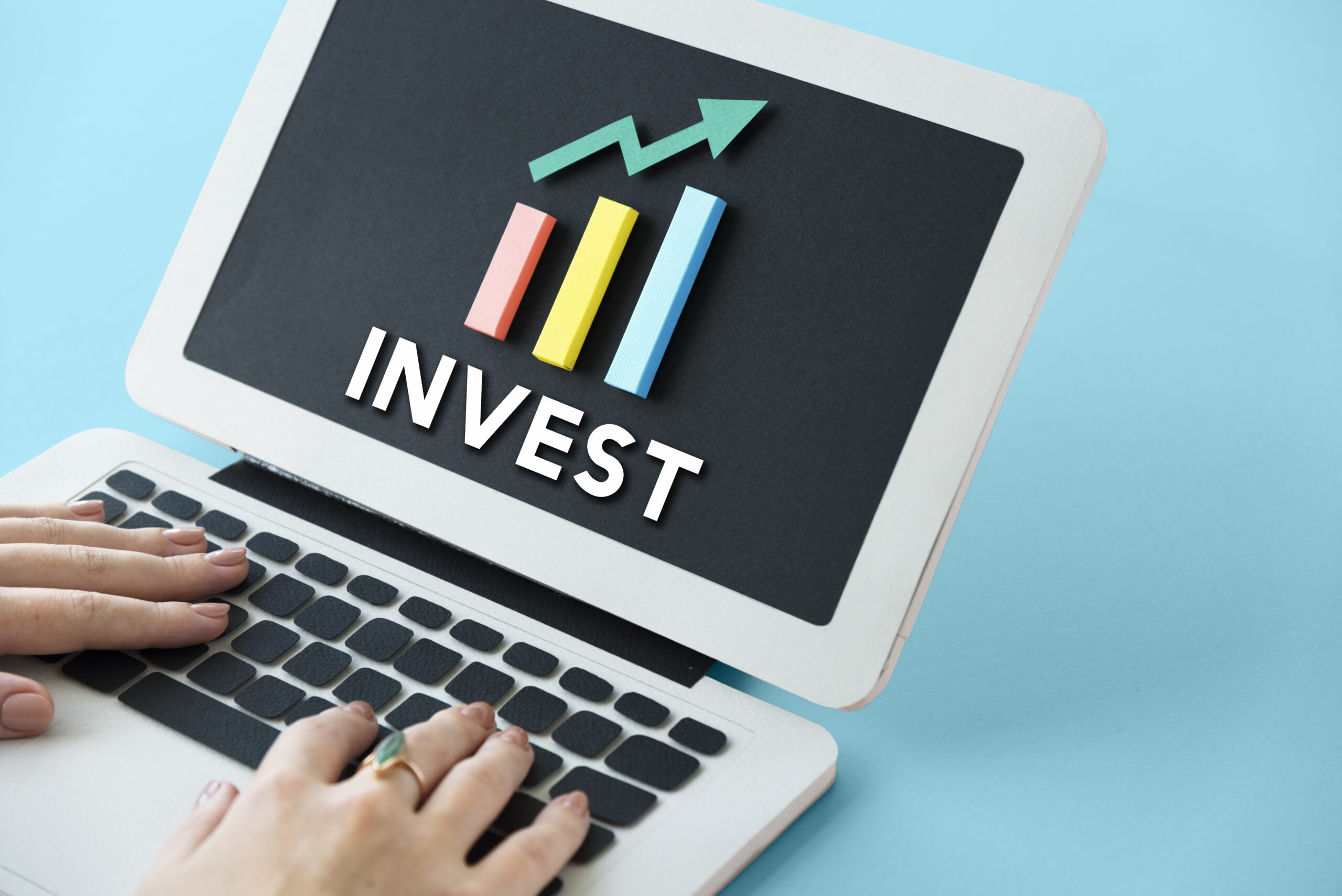If you want to invest in the U.S. stock market and get diversified exposure, S&P 500 index funds are a great option. These funds passively track the large-cap stocks that represent about 80% of the total value of the U.S. equity market.
Passive investing means no fund manager is actively choosing which stocks or investments to buy or sell. Instead, they just follow an index like the S&P 500. This means you’ll own a little piece of all the companies in that index, without having to pick and choose individual stocks yourself.
Although there are many index funds that track the S&P 500, there are three options that stand out because of their ultra-low expense ratios. This means more of your money stays invested in the fund, earning greater returns. Additionally, all three funds have a historical performance that closely duplicates or even exceeds that of the benchmark index.

Today I’ll discuss some of the best options available in the market and the benefits they offer investors. My analysis is done with the help of this Morning Star report and my research on these three funds from their websites.
Remember, you only need one S&P 500 index fund in your portfolio, and splitting assets between two funds is unnecessary. They all give very similar returns.
1. Fidelity’s S&P 500 index fund (FXAIX)
This fund has the lowest expense ratio on the list of the most popular ones, charging only 0.015% annually. It has historically outperformed its benchmark index and offers a competitive dividend yield.
The Fidelity 500 Index Fund is an excellent option for investors looking for a single-core holding. It doesn’t have a minimum investment requirement for any account type, making it an attractive option for early-stage investors.
The only downside is its performance history is comparatively brief and it is one of the newest funds. This may deter some investors who prefer funds with a longer track record.
2. Charles Schwab S&P 500 index fund (SWPPX)
Moving on, Charles Schwab’s S&P 500 index fund has a slightly higher expense ratio than Fidelity’s offering, but it comes with the benefit of more than two decades of performance history. This makes it a big plus for investors who are willing to pay a bit more for a fund with a longer track record, competitive historic returns compared to the S&P 500, and a nice dividend yield.
This fund has a $0 investment minimum for all account types. This makes it an excellent option for earlier-stage investors looking to access large-cap holdings without the stress of choosing individual stocks.
3. Vanguard’s S&P 500 index fund (VFIAX)
Lastly, we have Vanguard’s S&P 500 index fund, one of the biggest names in the industry. It has historically outperformed the benchmark index, offers a dividend yield of 1.63%, and has an extremely low expense ratio.
However, this fund does have a $3,000 investment minimum, which can be steep for some investors, even when investing with individual retirement funds (IRAs). In that case, Vanguard’s S&P 500 exchange-traded fund (ETF), VOO, may be a better option for those looking for a lower-cost entry point.
Overall, these S&P 500 index funds offer investors an excellent opportunity to get diversified exposure to the heart of the U.S. stock market, and each has its unique benefits that cater to different types of investors.
Here is a quick comparison of these index funds in a tabular form. This data is current as of April 24, 2023.

You will notice that Vanguard has a minimum investment of $3,000, but you can also invest in Vanguard’s counterpart S&P 500 exchange-traded fund (ETF) VOO, which has a $1 minimum investment.
So which S&P 500 Index fund is right for you?
When choosing an S&P 500 index fund, there are a few things to consider:
First, look at the expense ratio, which is the fee you pay for the fund’s upkeep. As index funds are managed passively, you’ll want a fund with a low expense ratio.
Also, consider the minimum investment required for the fund and if it fits your budget.
The dividend yield is another factor to compare between funds, as it can boost returns.
The fund’s inception date is important if you prefer a solid track record for the fund before investing.
Conclusion
I have read many best-selling personal finance books and keep reading online blogs on investing. All of those authors recommend passive investing over active investing in the current age.
Most active investors can’t consistently beat the market even if they try to do their best. In fact, the high fees you will end up paying to them compared to the index funds mitigate any extra money you will make from them.
Also, the process of investing shouldn’t be complicated. You shouldn’t focus on timing the market and buying and selling to make short-term gains. Instead, keep your money invested in index funds to let it grow over time.
By investing in an index fund, you’re spreading your money around, so you’re not putting all your eggs in one basket. That way, you’re more likely to make money over time because you’re invested in a diverse group of companies.
Index funds let you put your money into many different companies, so if one company doesn’t do well, you still have money in the other companies to help make up for it.
So, take the emotions out of investing, invest in one of these index funds, and let compounding do its magic! You are much more likely to become a millionaire this way than by doing active trading.

